A reader wrote to us recently about worms in her plum trees. She has three plum trees that have been attacked by some type of worm, and she is understandably keen to eliminate the problem. To get rid of the plum tree worms, she used some type of pesticide that failed to work. First we must attempt to figure out what type of worm she is dealing with (if it is a worm), and this is harder than you might think.
To begin, our reader is almost certainly not dealing with a worm, although as we recently gone to great lengths to explain, the word “worm” is a loose term, one that doesn’t really mean anything as far as taxonomy is concerned, even though it clearly has an everyday meaning. But that is neither here nor there. If our reader didn’t find a worm, what did she find? There are many different potential creatures, but every candidate we can come up with is a larva, the immature form that is part of many animals’ life cycles. (For more on larva, check out our article on larval animal life cycles.)
Perhaps the most natural hypothesis is that our reader found plum curculio beetles, or, more precisely, the larval form of these creatures. (We doubt our reader would have mistaken an adult beetle for a worm.) These larvae are small – they are generally under a half inch (13 millimeters) in length – and can cause serious damage to plum trees by attacking their fruit, causing it to rot and drop to the ground. Another likely possibility is that our reader found American plum borers (or, again, the larvae of these creatures because the adult form is a moth that wouldn’t be mistaken as a worm). These larvae are slightly longer than plum curculio beetle larvae, reaching up to an inch (26 millimeters) in length. They attack the tree itself, under the bark (as opposed to the tree’s fruit). There are several other possibilities, such as redhumped caterpillars, which eat the foliage of trees, and mealy plum aphids, which weaken trees when they accumulate in large numbers on the underside of leaves.
Unfortunately, our reader provided no specific information about what she found. She described her pest as “worms” and said they attacked plum trees, and as we have just seen, this doesn’t narrow the possibilities to a sufficient degree. Without more information, like the area of the world in which these creatures were found or their physical appearances, we can’t really say anything specific about how to address her problem. Speaking broadly, we can say it is always a good idea to remove organic debris (such as fallen fruit) from beneath a tree to control larvae populations, and it is also good to monitor trees closely so that infestations can be spotted as soon as possible. The earlier pests are detected (and sometimes this is hard to do), the more time one has to ward off a larger attack. Finally, it is worth mentioning that these creatures have natural enemies, like birds, and these can often help at least reduce an infestation.
Because we were given no specific information, we can’t provide a specific solution. However, we would encourage our reader to investigate some of the options above. With her knowledge of her problem, she’ll probably be able to quickly identify what is afflicting her trees after reading into a few possibilities. We wish her the best of luck.
All About Worms is always free, always reader-supported. Your tips via CashApp, Venmo, or Paypal are appreciated! Receipts will come from ISIPP Publishing.




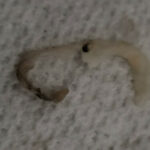
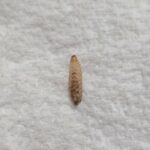
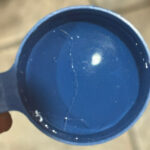
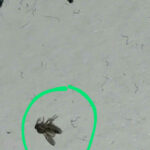
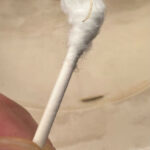

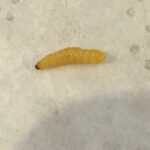

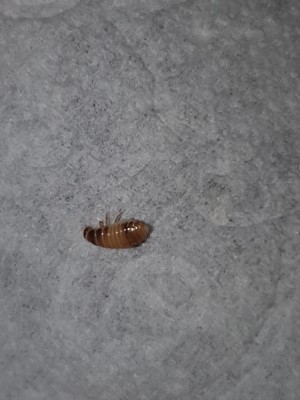


the worms are in the plums are they in the ground or genetic to the trees/?
i spray yearly as directed and still have worm in every plum.
I too have very black “worms” that attack my plums and now in strawberries too. They are black, very skinny and up to 20 mm long, no antenna, neither end fatter than the other. Also very fragile – break when you touch them. They do not look like any image of the pear and cherry slug and wriggle like worms when disturbed yet are shiny. They burrow into the fruit. Vinegar (1:1 soln) used to rinse berries to kill moulds after harvest kills them instantly. I am trying spraying the strawberry plants daily with 1tablespoon vinegar per litre. Seems to be working but raining most days! Also replenished mulch under plants with sawdust but this is not likely to help with plum tree. A friend has had same pest in her pears. Any ideas? Searching images for black worms in strawberries does give results but so far no ID.